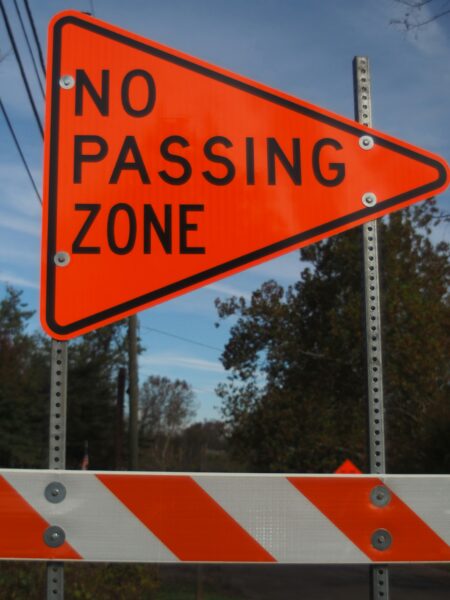Ever found yourself stuck behind a slow-moving vehicle, itching to overtake, but unsure if it’s allowed? Knowing when and where it's unlawful to overtake and pass isn’t just about avoiding a ticket—it’s a critical part of staying safe on the road. Let’s break it down so you can make smarter, safer choices behind the wheel.

Passing another vehicle comes with responsibility—and clear legal restrictions. Here are the most common situations where overtaking is unlawful:
In areas like these, patience isn’t just a virtue—it’s a legal requirement.


While the rules might seem restrictive, exceptions exist to accommodate the realities of driving. These exceptions give you legal room to overtake under specific, carefully defined conditions:
| Situation | Permitted Passing | Key Rule |
|---|---|---|
| On a multi-lane road | Passing on the right | Legal if the left lane is obstructed or slower |
| Two-lane road | Passing a stationary vehicle | Allowed if no oncoming traffic within 200 feet |
| Vehicle turning left | Passing on the left or right | Depends on roadway width and traffic conditions |
These scenarios show that awareness of your surroundings and adherence to traffic laws can help you navigate passing maneuvers safely and legally.

To pass another vehicle while keeping yourself—and others—out of harm’s way, follow these actionable tips:
Remember, no destination is worth compromising your safety—or anyone else’s.

Did anything here make you reflect on your day-to-day driving choices? The rules for overtaking might seem strict, but they’re designed to keep you safe. Share your thoughts or experiences with passing—whether it’s those frustrating slowpokes in the left lane or trying to navigate tricky rural roads—and let’s get the conversation started! What’s your biggest frustration when it comes to overtaking and passing?

In Florida, overtaking and passing are prohibited in several situations: when your side of the road has a solid yellow line, on hills or curves, at intersections, and within 100 feet of bridges, viaducts, tunnels, or railroad crossings. Violators may face arrest or fines.
According to Code § 46.2-841, drivers may pass on the right when another driver signals a left turn and there is enough space to safely pass. It is also permissible on roads with at least two clear lanes accommodating the width of two vehicles.
Overtaking and passing to the right are not allowed if it involves driving off the paved roadway. However, it is legal on one-way roads and when a vehicle prepares to turn left, provided the shoulder is paved. Therefore, option C is the correct choice.
In Michigan, a driver can overtake and pass another vehicle on the right only if it can be done safely. Passing by driving off the pavement or the main-traveled portion of the road is strictly prohibited.
As you navigate the roads, knowing when it's unlawful to overtake and pass can truly make all the difference in ensuring everyone's safety and peace of mind. We hope this guide helps you make informed, mindful decisions on your travels. If you enjoyed our breakdown and want to explore more, we’d love for you to check us out on Pinterest where we share even more tips and visuals. For a glimpse into our latest articles and behind-the-scenes peeks, make sure to follow us on Instagram. Join our conversation over on X (formerly Twitter), or connect with us on Facebook. We love hearing from you and exchanging all things road safety and travel! Safe and happy driving around the next bend.

Immerse yourself in architecture’s most boundary-pushing ideas—where innovative home improvements meet visionary urban developments. Discover new building techniques, materials, and creative concepts that are redefining how we shape our spaces on a global scale.